Oman holidays
Located on the southeastern coast of the Arabian Peninsula, this Middle Eastern country is a perfect getaway for outdoorsy types, beach bums and anyone hungry for heaps of ancient history. Hear the call to prayers over Muscat’s minarets, wander frankincense-perfumed markets and explore sun-scorched deserts and crystal-clear swimming holes. Get ready to discover the ‘Pearl of Arabia’ on an unforgettable holiday to Oman.
Top destinations in Oman
Oman: fast facts
Language
Arabic
Currency
Omani rial (ر.ع.)
Time zone
UTC+4 (GST)
Oman holiday highlights
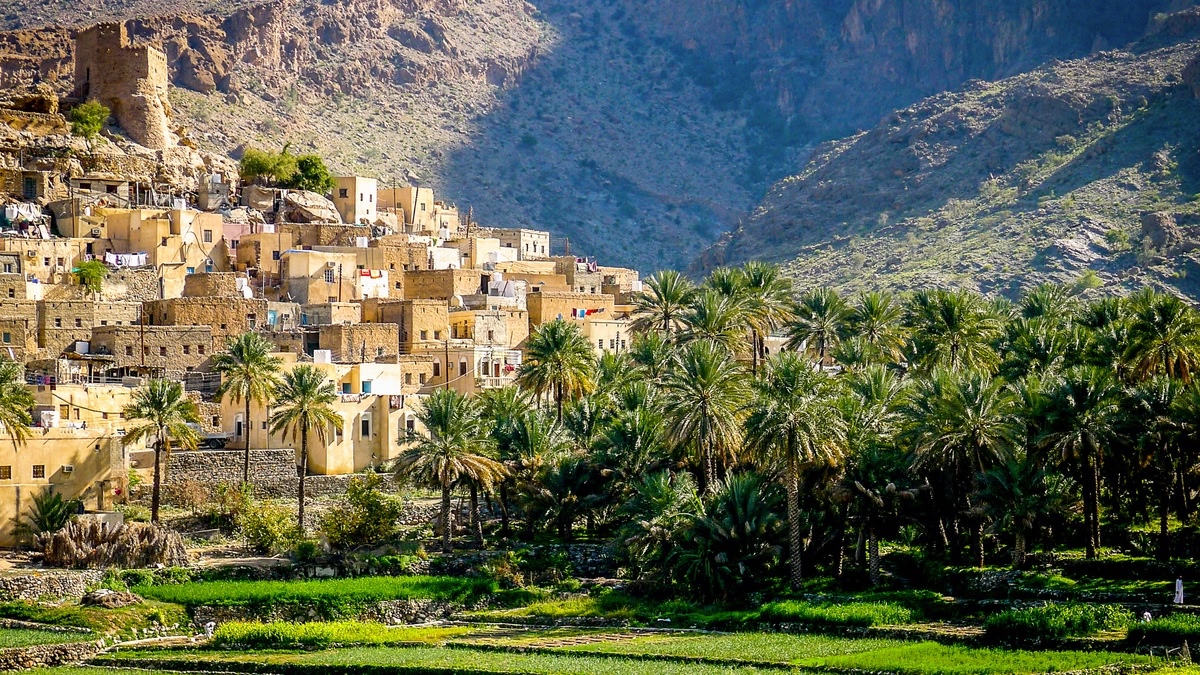
Take a desert adventure
A trip to the desert should be at the top of your travel list in Oman. Head to the Wahiba Sands’ towering dunes for 4×4 excursions, sandboarding and Bedouin camp experiences. If you’re hoping to see a real-life desert oasis, beat the heat at Wadi Bani Khalid Pools & Caves, whose crystal-clear waters are flanked by dramatic cliff walls.
Visit ancient forts
Oman’s rich past comes to life in the many forts, castles and watchtowers dotting the landscape, especially in the northern region of Ad Dakhiliyah. Visit the enormous UNESCO-listed Bahla Fort, and admire Jabreen Castle’s latticed-window courtyard and painted ceilings. Don’t miss climbing the 17th-century Nizwa Fort’s famous tower with views over the surrounding date plantations and the Hajar Mountains.
Wander the markets
One of the best things to do in Oman is to get lost in the country’s colourful ‘souks’ (markets), where you can buy everything from textiles and jewellery to antiques and spices. Muscat’s Muttrah Souk is one of the oldest in the Arab world, and the Bahla Historical Souq is known for its pottery and metalwork. Don’t be afraid to haggle — bartering is part of the experience.
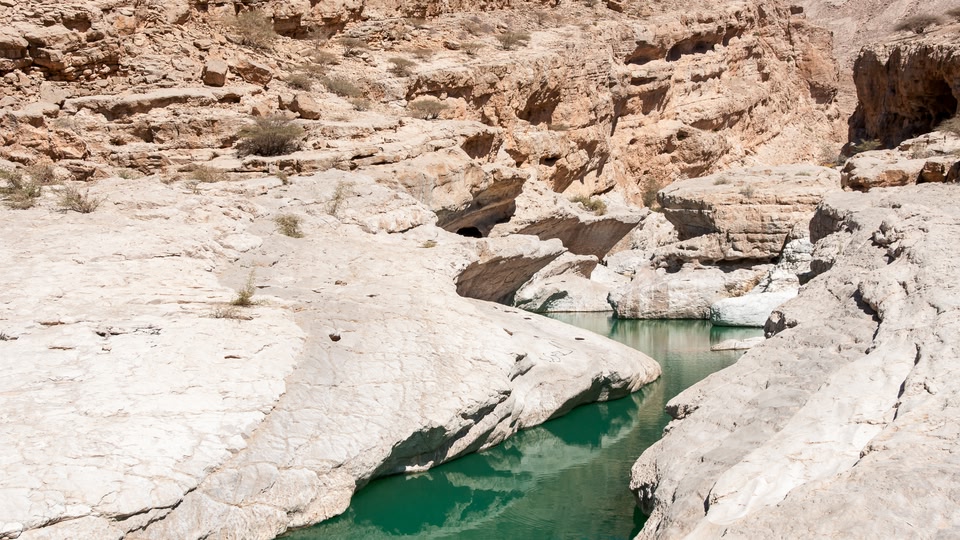

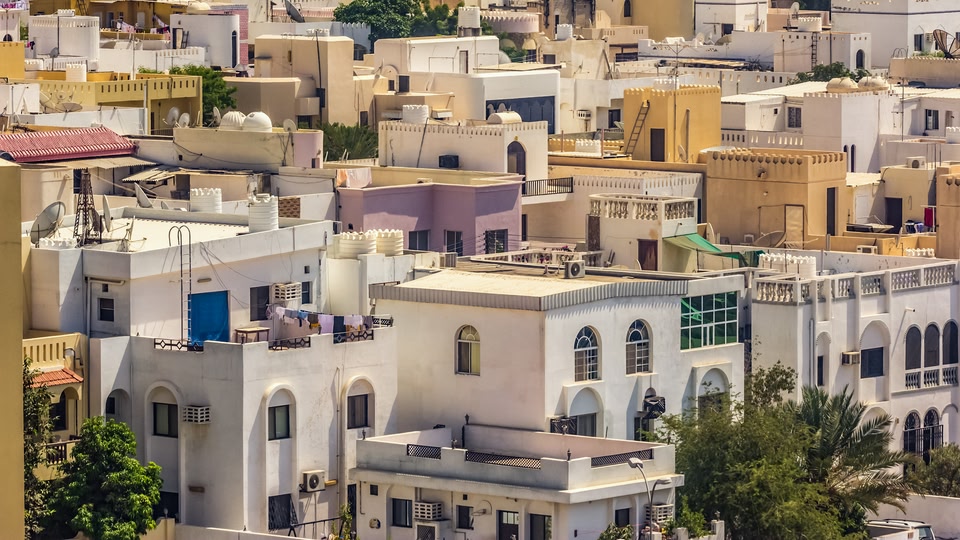
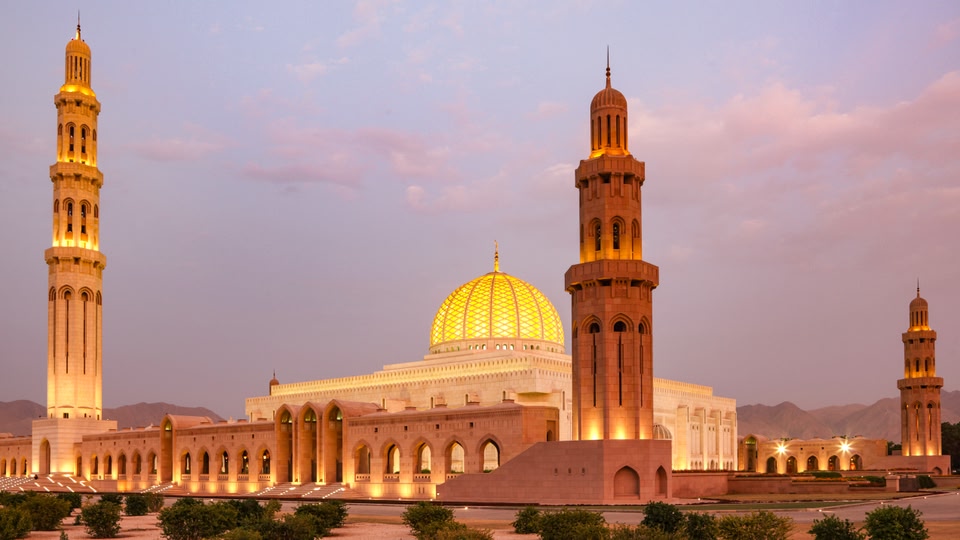


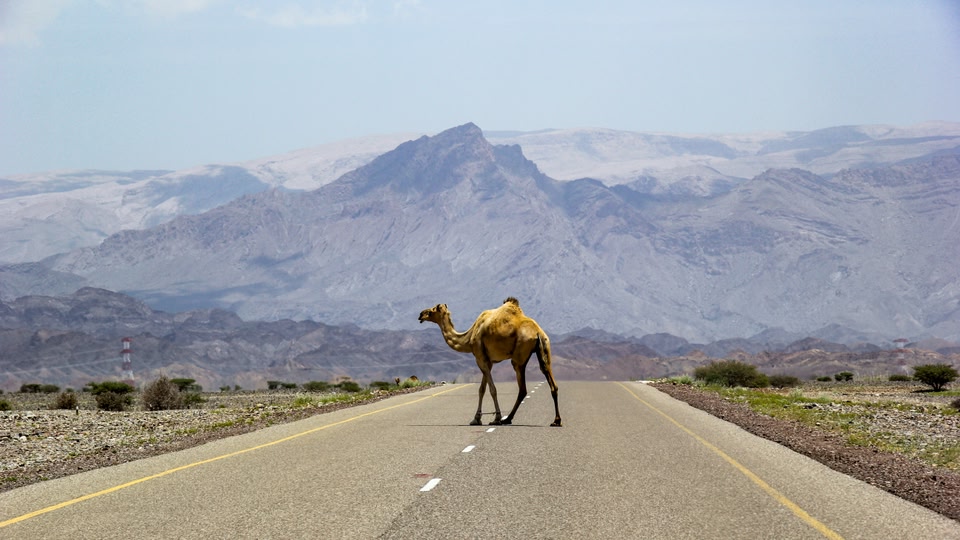
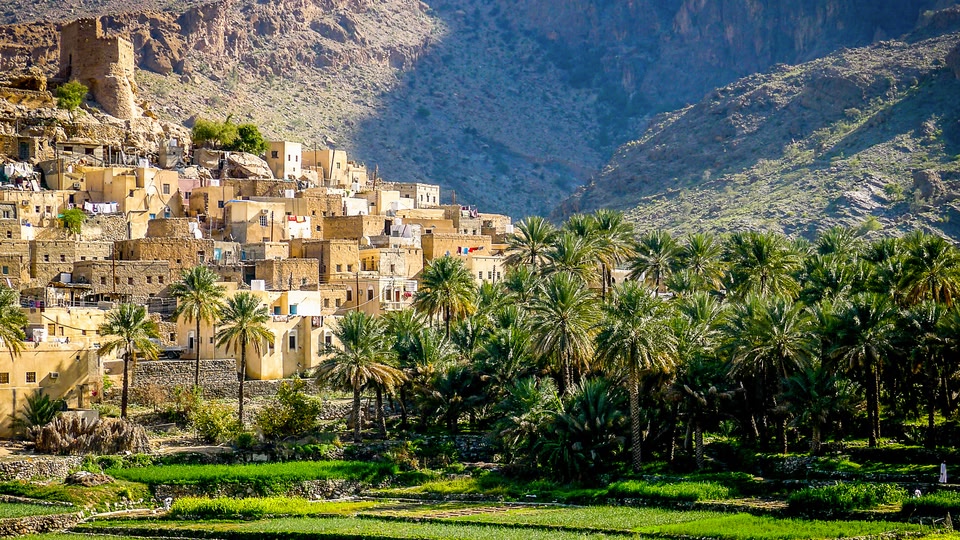
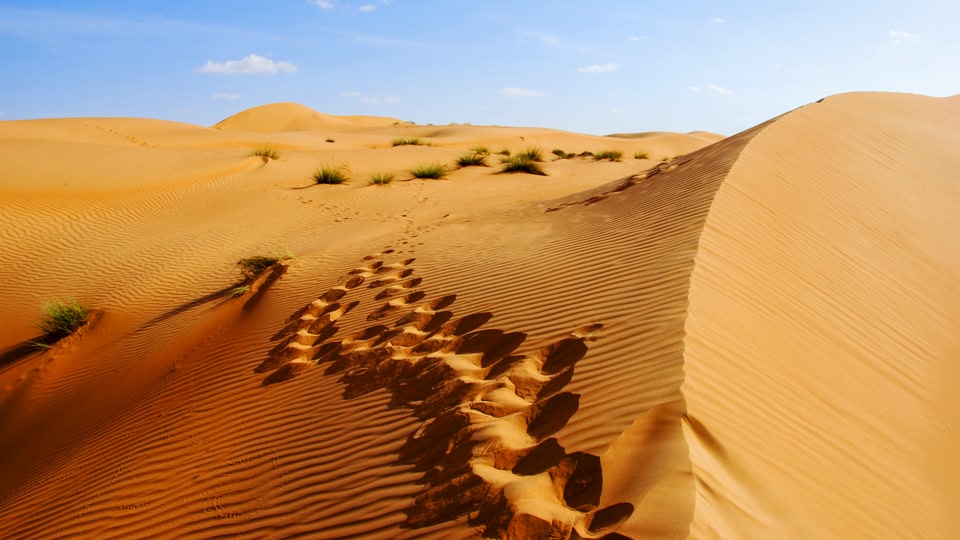
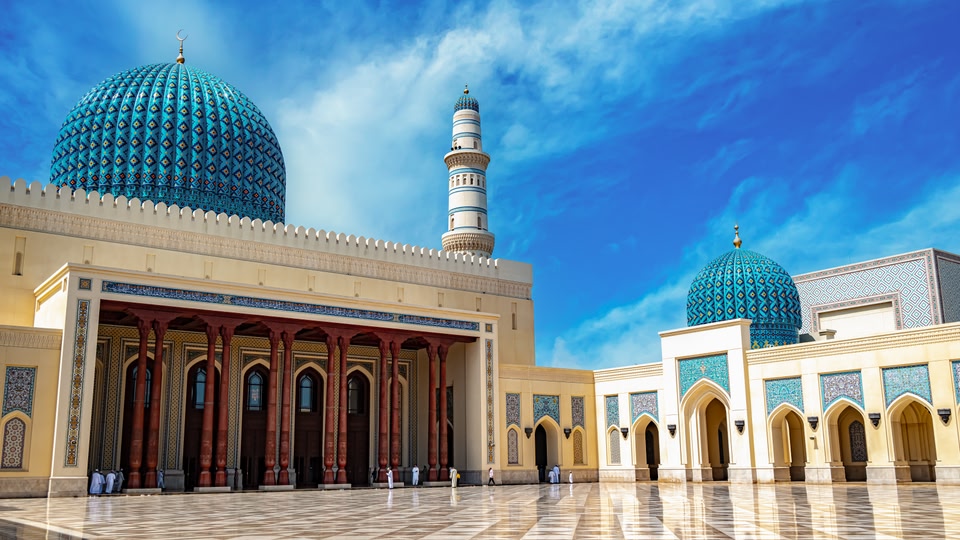
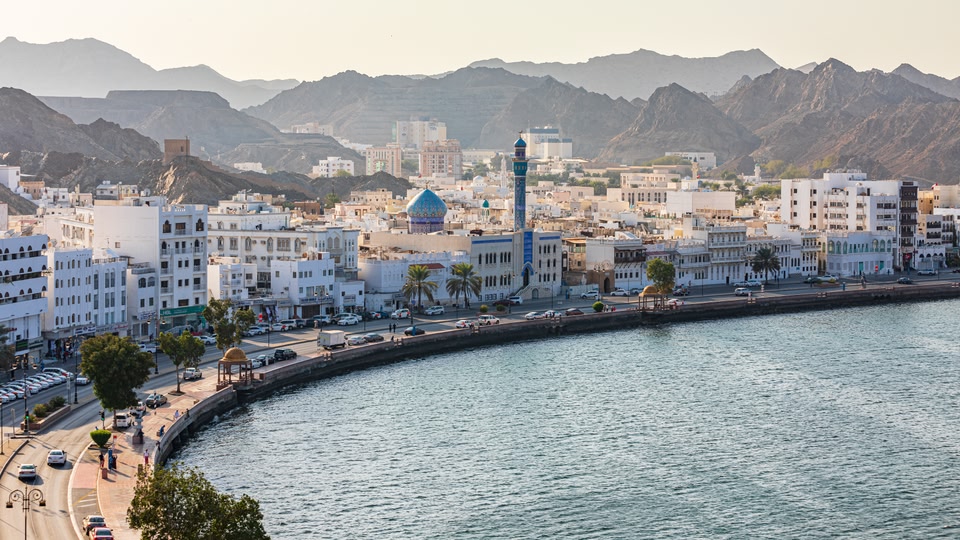
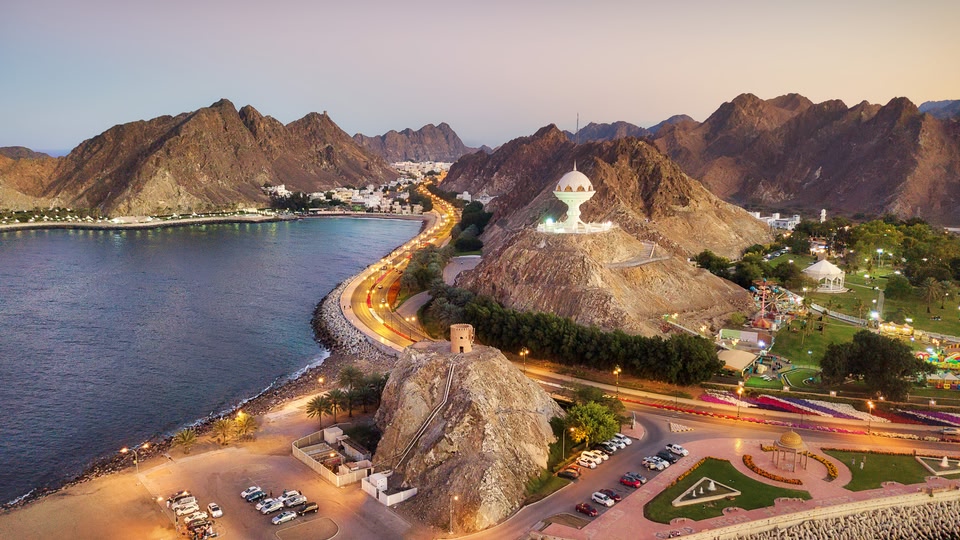
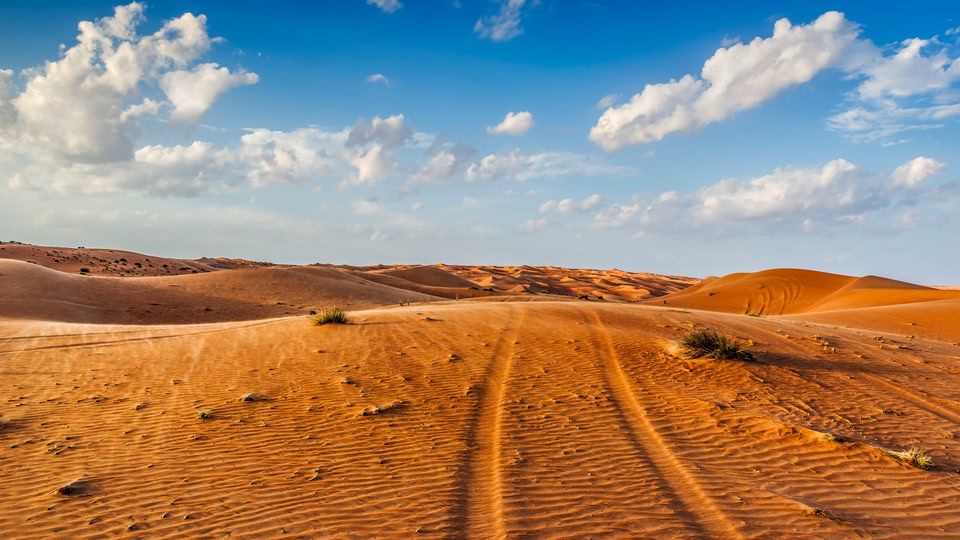
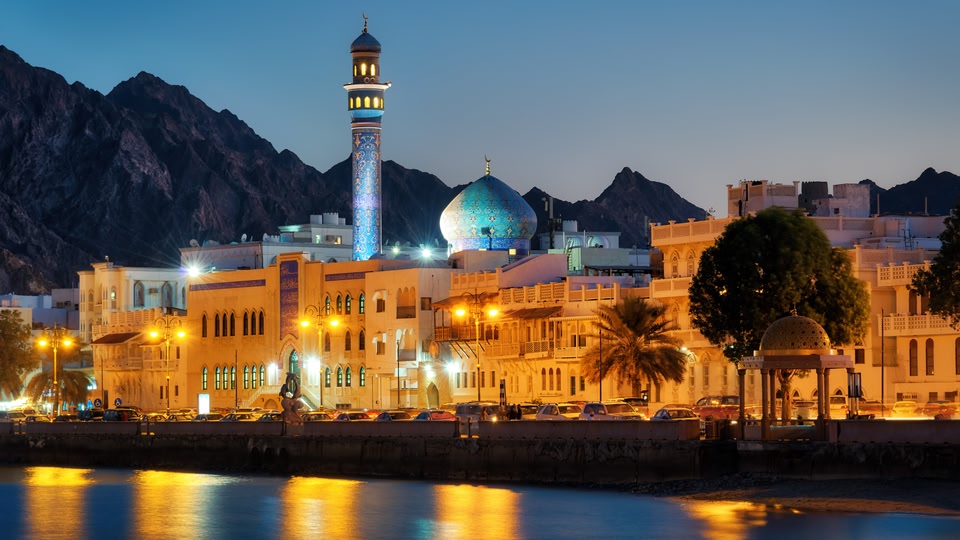
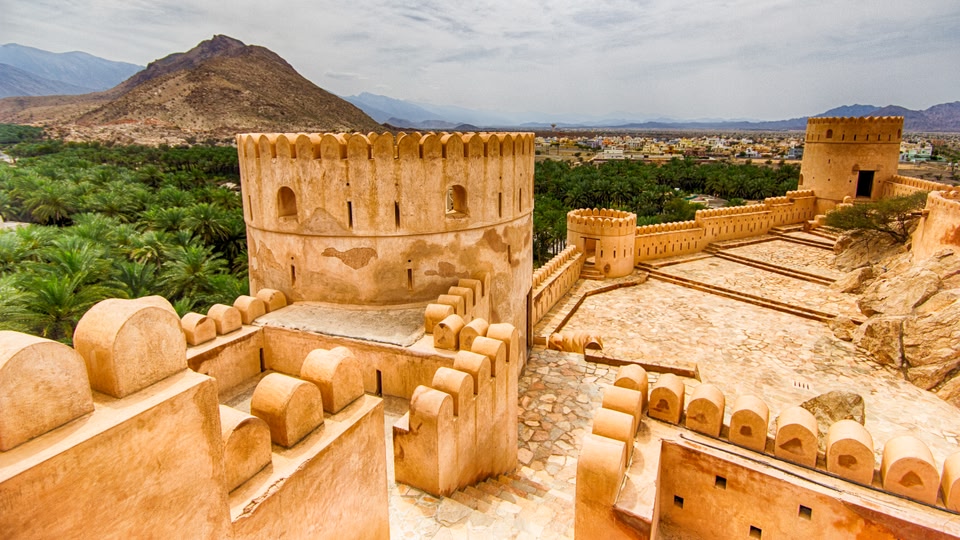
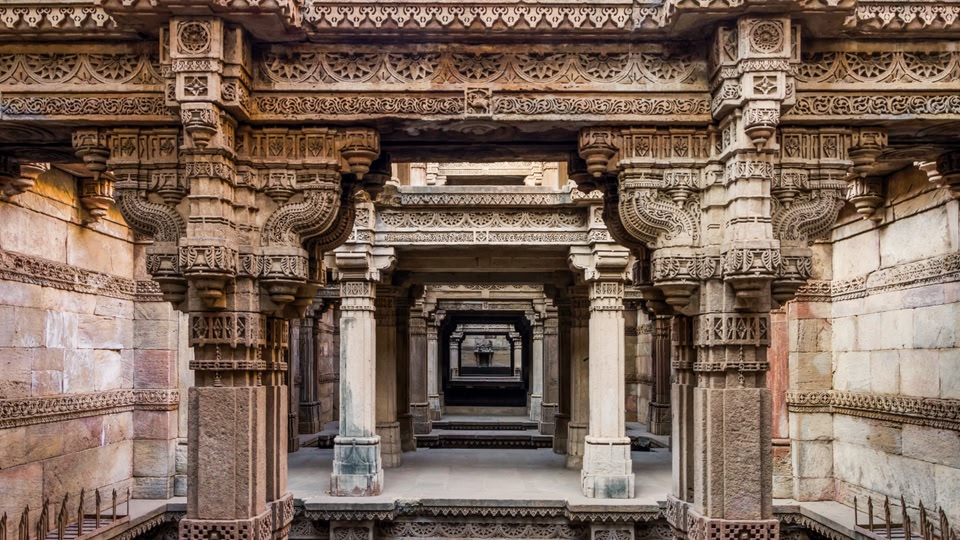
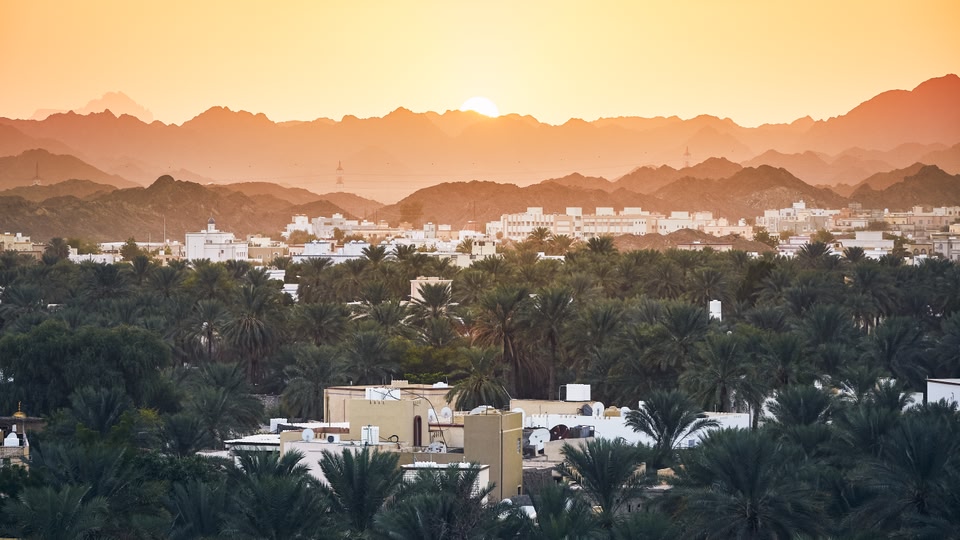
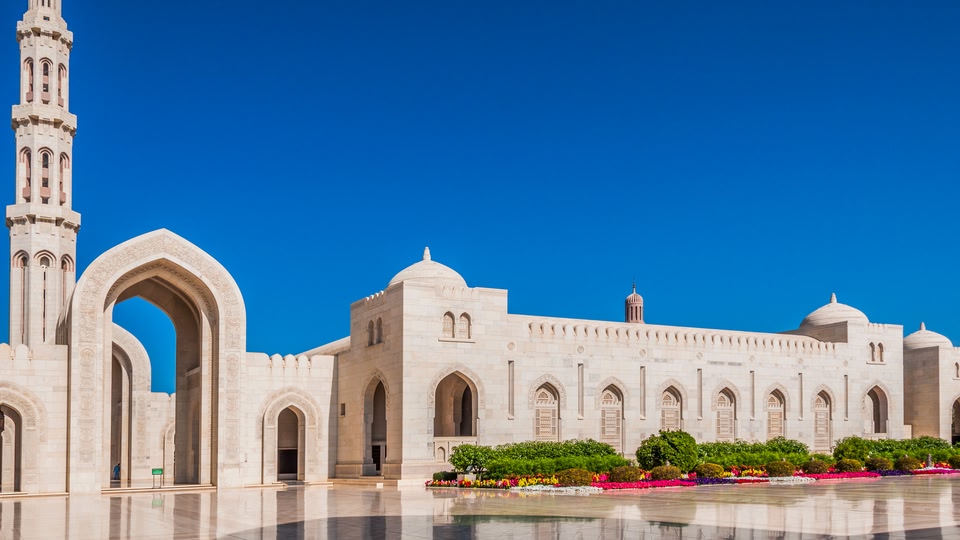
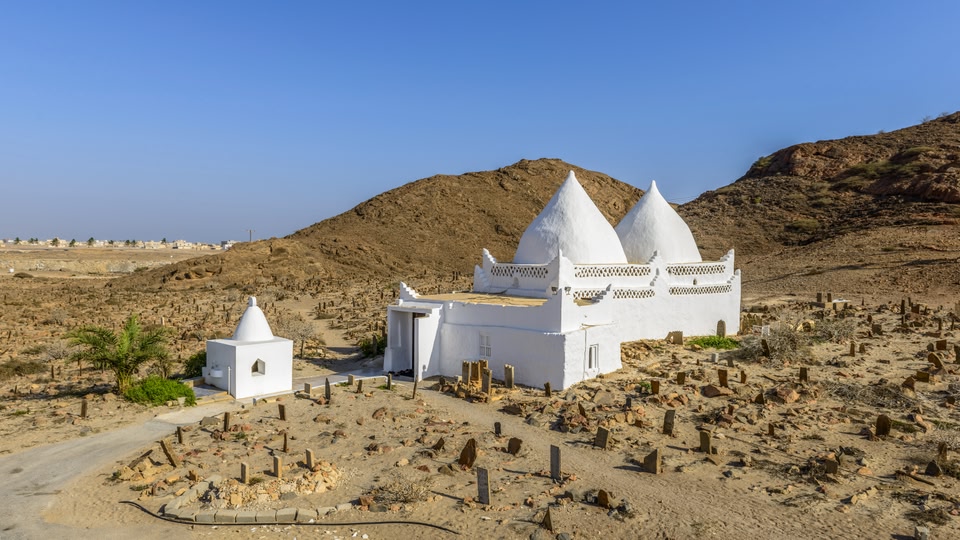
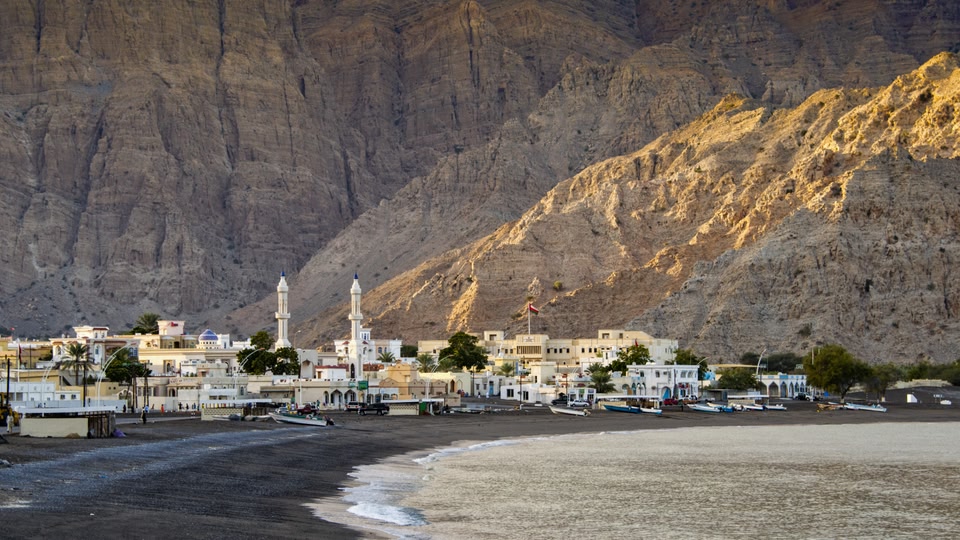
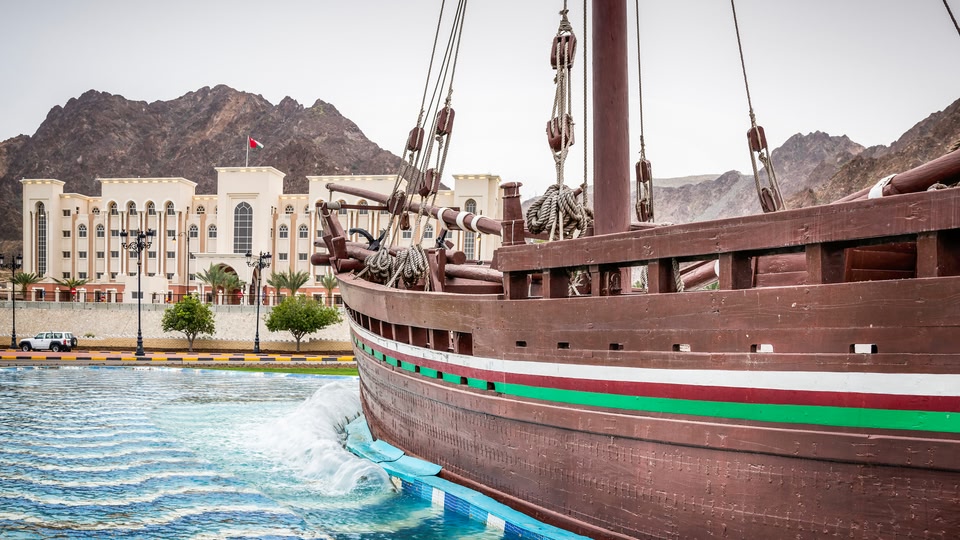
Things to do in Oman
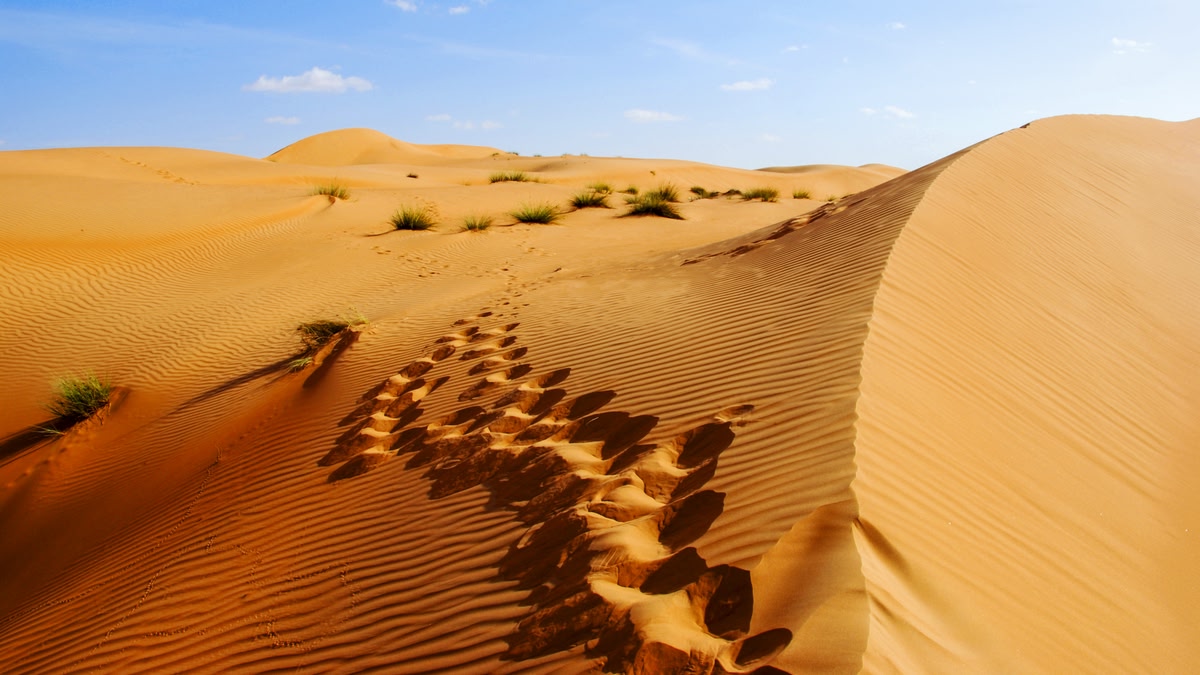
Top attractions
Muscat’s Sultan Qaboos Grand Mosque has to be seen to be believed. Linger in the main prayer hall, with its vast dome, crystal chandelier and breathtaking Persian carpet. Dial up the drama as you watch the sunset over the dunes at Wahiba Sands in eastern Oman. And for a gleaming desert mirage like no other, there’s no beating the pristine pools of Wadi Bani Khalid.
Beaches
Oman’s Arabian Sea coastline is dotted with sun-bleached beaches and islands. Spend a day at Muscat’s Qurum Beach, or escape the tourist track with a visit to Al Khaluf’s powdery white sands. If you’re here to snorkel, Tiwi Beach’s coral reef is a great choice. And divers love the Ad Dimaniyat Islands for their whale sharks, sea turtles and colourful fish.
Nature
With deserts, mountains and sea, the diversity of Oman’s nature is one of the country’s biggest draws. Watch sea turtles hatch at Ras Al Jinz, one of the Indian Ocean’s largest turtle nesting sites, or swim in the Bimmah sinkhole’s turquoise waters. Of all the country’s natural wonders, the Wadi Ghul — often described as Oman’s Grand Canyon — shouldn’t be missed.
Culture and museums
In Muscat, the Sultan Qaboos Grand Mosque and the Royal Opera House are two of the capital’s greatest cultural treasures. And the National Museum of the Sultanate of Oman is one of the best museums in Oman for Omani history. When you’re ready to sniff out more cultural experiences, learn about one of Oman’s greatest exports at Salalah’s Museum of the Frankincense Land.
Cuisine
Spices play a big part in Omani cuisine, as does chicken, lamb, rice and vegetables. Expect traditional restaurants in Oman to serve dishes like ‘majboos’ (rice with chicken), ‘shuwa’ (slow-cooked marinated lamb or goat) and ‘halwa’ (a sweet dessert with a jelly-like texture). Travelling on a budget? Try ‘mishkak’, a popular street food of skewered meat.
Family friendly
Oman has plenty to keep kids and teens entertained. With maze-like passageways, rooms and towers, Nizwa Fort is like a giant playground to young imaginations. For excellent snorkelling and wildlife spotting, take a boat from Muscat to the Ad Dimaniyat Islands. And even if you don’t have time to join a turtle-watching tour, Ras al Jinz Turtle Reserve boasts a gorgeous beach and a small museum.
Find the best time to visit Oman
Weather in Oman
May – September: Much of the country swelters during these months, with daytime temperatures often climbing above 38°C. But the Dhofar region in the southeast is cooler thanks to the monsoon season. Same goes for the Hajar Mountains, which can be a welcome escape from Oman’s summer heat. This is also a great time to see turtles nesting at Ras Al Jinz.
October – April: The high tourist season is dry and relatively cool, with temperatures in the mid-to-high 20s°C in cities like Muscat, Salalah and Nizwa. For cheaper rates and fewer crowds, consider visiting in April. The weather is warmer, but not nearly as hot as summer.
Events in Oman
Muscat Festival (January and February): Also known as Muscat Nights, this family-friendly celebration is a perfect crash course in Omani culture. Enjoy folk dances and camel racing, as well as traditional crafts and food. And be sure to stick around for the brilliant nightly fireworks display.
His Majesty the Sultan’s Camel Cup (March or April): In the northern city of Barka, experience one of the Arab world’s oldest and most beloved sports. Watch as camels race across a desert track guided by high-tech robot jockeys.
Salalah Tourism Festival (July to August): The monsoon season transforms southern Oman into a lush tropical paradise. Celebrate the rains with this colourful festival featuring cultural performances and traditional food, as well as games and rides.